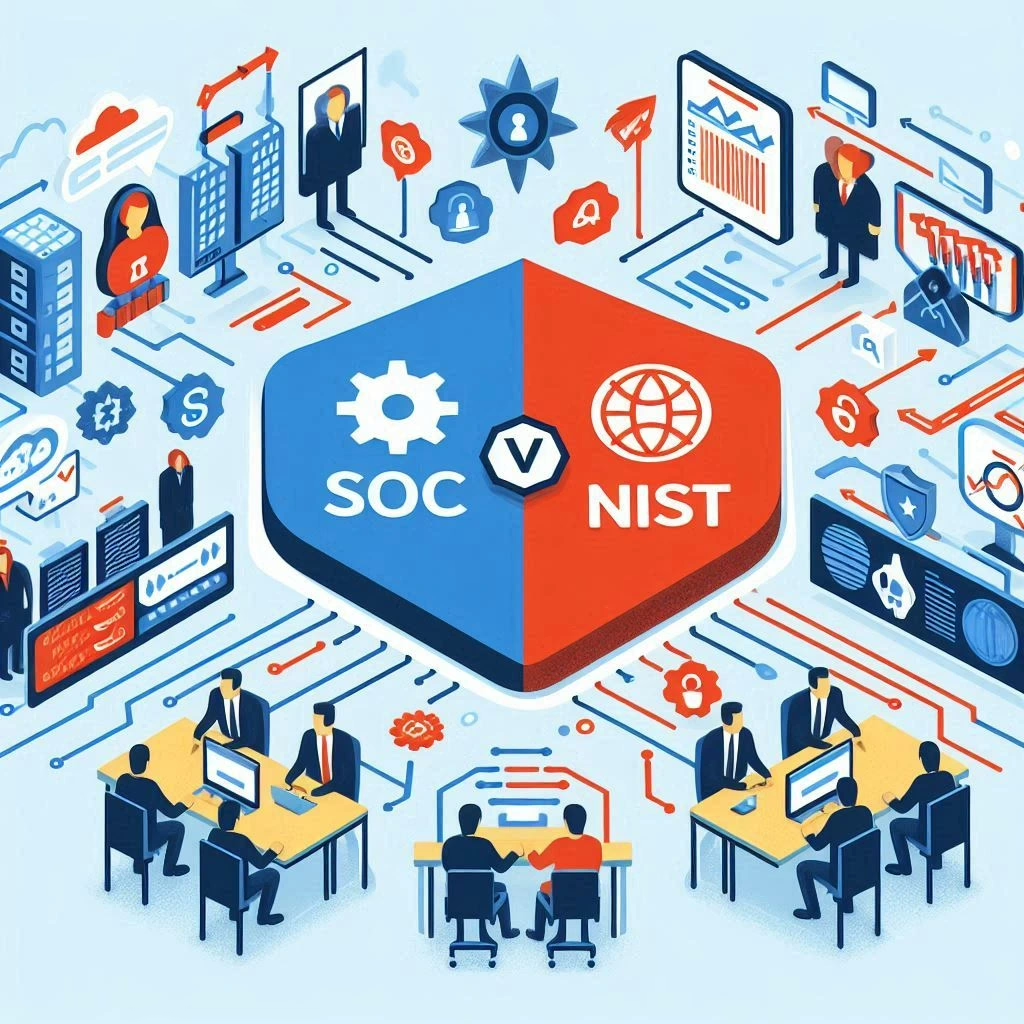DAS 140, or the Dynamic Audit Solution 140, represents a significant advancement in the field of internal auditing, particularly in how audits are conducted and managed. The DAS 140 form is an integral part of this innovative framework, which is designed to enhance the quality and efficiency of audit processes, making it a pivotal element for internal audit professionals, industry analysts, and auditors-in-training.
Definition of DAS 140 and Its Origins
DAS 140 is part of a broader initiative led by the American Institute of CPAs (AICPA) in collaboration with CPA.com and technology partner CaseWare International. The solution aims to leverage data-driven methodologies and technology to transform traditional audit practices. Its origins can be traced back to the growing need for more effective audit solutions that can adapt to the complexities of modern business environments and the increasing reliance on technology in financial reporting and compliance [10][11].
Overview of the Key Objectives and Principles Outlined in DAS 140
The primary objectives of DAS 140 include:
- Risk Identification and Management: DAS 140 is designed to help auditors identify and focus on relevant risks throughout the audit process. This includes understanding the entity and its environment, conducting risk assessments, and formulating appropriate responses to identified risks [13].
- Efficiency and Quality Enhancement: By integrating advanced data analytics and technology, DAS 140 aims to streamline audit processes, thereby improving both the efficiency and quality of audits. This is crucial in a landscape where timely and accurate reporting is essential for organizational success [11].
- Continuous Auditing: DAS 140 supports the concept of continuous auditing, allowing for real-time monitoring of risks and controls. This proactive approach enables auditors to respond swiftly to emerging issues, thereby enhancing the overall effectiveness of the audit function [15].
Importance of DAS 140 in the Context of Internal Audit Practices
The relevance of DAS 140 in internal audit practices cannot be overstated. As organizations face increasingly complex regulatory environments and technological advancements, the need for robust audit frameworks becomes paramount. DAS 140 provides internal auditors with the tools necessary to navigate these challenges effectively.
- Adaptability to Change: The dynamic nature of DAS 140 allows internal audit functions to adapt to changes in business operations and regulatory requirements, ensuring that audits remain relevant and effective [10].
- Enhanced Accountability: By utilizing a structured and technology-enabled approach, DAS 140 fosters greater accountability within organizations. This is particularly important in maintaining stakeholder trust and ensuring compliance with regulatory standards [11][12].
DAS 140 is not just a tool but a transformative approach that is shaping the future of internal auditing. Its emphasis on risk management, efficiency, and adaptability positions it as a critical component for internal audit professionals looking to enhance their practices in an ever-evolving landscape.
The Impact of DAS 140 on Internal Auditing Standards
The DAS 140 form, primarily associated with California’s construction compliance, has broader implications for internal auditing standards and practices. As internal audit professionals navigate the evolving landscape of compliance and regulatory requirements, understanding the influence of DAS 140 is crucial. Here are some key points to consider:
Comparison of Traditional Audit Standards with Those Promoted by DAS 140
- Traditional Audit Standards: Historically, auditing standards have focused on financial accuracy and compliance with established regulations. These standards often emphasize retrospective assessments, where auditors review past performance and compliance without necessarily integrating forward-looking compliance strategies.
- DAS 140 Standards: In contrast, DAS 140 introduces a proactive approach by requiring contractors to notify local apprenticeship committees about upcoming projects. This shift encourages auditors to adopt a more anticipatory stance, ensuring that compliance measures are in place before project initiation. This forward-thinking approach aligns with modern auditing practices that prioritize risk management and proactive compliance.
Analysis of New Compliance Requirements Introduced by DAS 140
- Notification and Compliance: DAS 140 mandates that contractors inform the Division of Apprenticeship Standards (DAS) about public works projects. This requirement not only enhances transparency but also ensures that apprenticeship opportunities are available, thereby fostering workforce development. Auditors must now incorporate these compliance checks into their audit processes, ensuring that contractors adhere to these new requirements.
- Integration of Apprenticeship Standards: The introduction of DAS 140 necessitates that internal auditors familiarize themselves with apprenticeship standards and their implications for project compliance. This integration of workforce development into auditing practices represents a significant shift from traditional compliance checks, which often focused solely on financial metrics.
Implications for Internal Audit Methodologies and Frameworks
- Evolving Methodologies: The requirements of DAS 140 compel internal auditors to adapt their methodologies. Auditors will need to develop frameworks that not only assess financial compliance but also evaluate adherence to apprenticeship and workforce development standards. This evolution may involve the incorporation of new tools and techniques to monitor compliance effectively.
- Framework Adaptation: Internal audit frameworks will likely need to be revised to include specific compliance metrics related to DAS 140. This adaptation will ensure that auditors can provide comprehensive assessments of contractor compliance, ultimately enhancing the quality and relevance of audit reports.
DAS 140 is shaping the future of internal auditing by introducing new compliance requirements and encouraging a proactive approach to auditing practices. As internal audit professionals adapt to these changes, they will play a crucial role in ensuring that organizations not only meet regulatory standards but also contribute to workforce development and compliance in a rapidly evolving landscape. Understanding these trends will be essential for auditors-in-training and industry analysts as they prepare for the future of internal auditing.
Key Trends Shaping Internal Auditing Under DAS 140
The introduction of DAS 140 is significantly influencing the landscape of internal auditing, prompting professionals to adapt to new standards and practices. Here are some key trends that are emerging as a result of this directive:
- Increased Emphasis on Risk Management and Governance: DAS 140 underscores the importance of robust risk management frameworks within organizations. Internal auditors are now expected to play a pivotal role in assessing and enhancing governance structures. This shift necessitates a deeper understanding of organizational risks and the implementation of effective controls to mitigate them. Auditors are increasingly involved in evaluating risk management processes, ensuring that they align with the strategic objectives of the organization, and providing insights that drive better decision-making [1][5].
- Adoption of Technology and Data Analytics in Audit Processes: The integration of advanced technologies, including data analytics and artificial intelligence, is transforming internal audit functions. DAS 140 encourages auditors to leverage these tools to enhance their audit methodologies. By utilizing data analytics, auditors can identify patterns, anomalies, and potential risks more effectively, leading to more informed audit conclusions. This trend not only improves the efficiency of audit processes but also enhances the quality of insights provided to stakeholders [3][6].
- Enhanced Focus on Stakeholder Engagement and Communication: With the evolving expectations of stakeholders, internal auditors are increasingly required to engage with various parties, including management, the board, and external stakeholders. DAS 140 emphasizes the importance of clear communication and collaboration in the audit process. Auditors are now tasked with not only reporting findings but also facilitating discussions around risk management and governance. This trend highlights the need for auditors to develop strong interpersonal skills and to be proactive in their engagement strategies, ensuring that their insights are effectively communicated and acted upon [2][4].
DAS 140 is reshaping the internal audit profession by emphasizing risk management, encouraging the adoption of technology, and fostering better stakeholder communication. As these trends continue to evolve, internal audit professionals must adapt to meet the changing demands of their roles and enhance the value they provide to their organizations.
Challenges Faced by Internal Auditors with DAS 140
The introduction of DAS 140 has brought significant changes to the internal audit landscape, presenting various challenges that professionals in the field must navigate. As internal auditors adapt to these new regulations, they encounter several obstacles that can impact their effectiveness and the overall audit process. Here are some key challenges:
- Navigating the Complexities of New Regulations: DAS 140 introduces a new framework that requires auditors to understand and implement complex regulations. This can be particularly daunting for those who are accustomed to previous standards. The need to interpret and apply these regulations accurately is crucial, as any missteps can lead to compliance issues and affect the integrity of the audit process. Auditors must stay informed about the nuances of DAS 140 and how it integrates with existing standards, which can be a time-consuming and challenging task [1].
- Training and Skill Development Required for Auditors to Adapt: With the shift brought about by DAS 140, there is a pressing need for ongoing training and skill development among internal auditors. Many professionals may find themselves lacking the necessary knowledge or skills to effectively implement the new standards. Organizations must invest in comprehensive training programs to ensure that their audit teams are equipped with the latest tools and techniques required under DAS 140. This investment is essential not only for compliance but also for enhancing the overall quality of audits [2].
- Resistance to Change Within Audit Teams and Organizations: Change can often be met with resistance, and the implementation of DAS 140 is no exception. Internal audit teams may be hesitant to adopt new practices or alter established workflows, leading to friction within the organization. This resistance can stem from a variety of factors, including fear of the unknown, comfort with existing processes, or a lack of understanding of the benefits that DAS 140 can bring. Overcoming this resistance requires strong leadership, clear communication about the advantages of the new standards, and a culture that embraces change [3].
While DAS 140 presents opportunities for enhancing the internal audit function, it also introduces significant challenges that auditors must address. By navigating regulatory complexities, investing in training, and fostering a culture of adaptability, internal audit professionals can better position themselves for success in this evolving landscape.
Best Practices for Implementing DAS 140 in Internal Audit
The introduction of DAS 140 forms a pivotal shift in the internal audit landscape, emphasizing the need for enhanced quality and efficiency in audit processes. As internal audit professionals navigate this new terrain, several best practices can be adopted to ensure successful integration of DAS 140 into their functions.
Strategies for Aligning Audit Processes with DAS 140 Requirements
- Embrace a Risk-Based Approach: Transitioning from traditional procedural checklists to a more dynamic risk-based methodology is essential. This involves focusing on relevant risks and utilizing audit data analytics to inform risk assessments and audit performance, which is a core tenet of the DAS approach [3].
- Implement Guided Methodologies: Utilize embedded methodologies and guardrails provided by DAS to prevent under or over auditing. This structured approach not only enhances the quality of audits but also ensures compliance with the evolving standards set forth by DAS [1].
- Conduct Regular Quality Control Reviews: Establish a routine for Engagement Quality Control Reviews (EQCR) to assess the effectiveness of DAS engagements. This practice, adopted by firms like Withum and Citrin Cooperman, helps maintain high-quality audit standards and fosters continuous improvement.
Importance of Continuous Learning and Professional Development
- Invest in Training Programs: Continuous professional development is crucial for internal audit professionals to stay abreast of the latest trends and requirements associated with DAS 140. Training programs should focus on the nuances of the new standards and the application of audit data analytics in practice.
- Encourage Knowledge Sharing: Create platforms for internal auditors to share insights and experiences related to DAS 140. This collaborative learning environment can enhance understanding and foster innovative approaches to auditing challenges [4].
Collaboration with Other Departments to Enhance Audit Effectiveness
- Foster Interdepartmental Communication: Building strong relationships with other departments, such as compliance and risk management, can significantly enhance the effectiveness of internal audits. Collaborative efforts ensure that audit processes are aligned with organizational goals and that all relevant risks are adequately addressed [4][6].
- Leverage Technology and Tools: Utilize technology to facilitate collaboration across departments. Tools that enable real-time data sharing and communication can streamline audit processes and improve overall efficiency [8].
By adopting these best practices, internal audit professionals can effectively integrate DAS 140 into their operations, positioning themselves to meet the challenges of the future while enhancing the quality and effectiveness of their audit functions.
The Future of Internal Auditing: Predictions and Opportunities
The DAS 140 form, which is essential for managing and reporting the employment of apprentices on public works projects, is not only a compliance tool but also a significant driver of change within the internal audit landscape. As organizations adapt to evolving regulations and workforce dynamics, the implications of DAS 140 on internal auditing are profound. Here are some key insights into how DAS 140 is shaping the future of internal audit functions:
- Forecasting the Evolution of Internal Audit Roles and Responsibilities: The introduction and enforcement of DAS 140 necessitate a shift in the internal audit function’s focus. Auditors will increasingly need to ensure compliance with apprenticeship regulations, which may require them to develop specialized knowledge in labor laws and workforce management. This evolution will lead to a broader scope of responsibilities, where internal auditors not only assess financial and operational risks but also evaluate compliance with workforce regulations and the effectiveness of apprenticeship programs [3][9].
- Potential for Increased Automation and AI Integration in Audits: As the complexity of compliance requirements grows, so does the potential for automation and artificial intelligence (AI) to streamline audit processes. The DAS 140 form’s requirements can be integrated into automated systems that track compliance in real-time, reducing the manual workload for auditors. This shift towards automation will allow internal audit professionals to focus on higher-value activities, such as strategic risk assessment and advisory roles, rather than routine compliance checks [7][8].
- The Role of Internal Audit in Fostering Organizational Resilience and Adaptability: The evolving landscape of public works projects and apprenticeship mandates, as highlighted by DAS 140, underscores the importance of internal audit in promoting organizational resilience. Internal auditors will play a crucial role in helping organizations adapt to regulatory changes and workforce challenges. By providing insights into compliance risks and operational efficiencies, internal audit functions can support organizations in navigating uncertainties and enhancing their adaptability in a rapidly changing environment [1][2].
The DAS 140 form is not merely a regulatory requirement; it is a catalyst for transformation within the internal audit profession. As auditors embrace these changes, they will find new opportunities to enhance their roles, leverage technology, and contribute to their organizations’ resilience and success in the face of evolving challenges.
Conclusion
In conclusion, the DAS 140 framework is poised to significantly influence the future of internal auditing, offering a structured approach that enhances the quality and effectiveness of audit processes. As organizations increasingly recognize the importance of robust internal controls and risk management, the adoption of DAS 140 becomes essential for internal audit functions aiming to align with contemporary standards and expectations.
Key takeaways regarding the significance of DAS 140 include:
- Enhanced Quality Control: DAS 140 introduces methodologies that ensure high-quality audits through embedded guidance and guardrails, which help prevent under or over auditing. This is crucial in maintaining the integrity and reliability of audit outcomes [14].
- Adaptation to Technological Advances: The framework encourages internal auditors to embrace technology and data analytics, which are becoming integral to modern auditing practices. This shift not only improves efficiency but also enhances the ability to respond to dynamic risk environments [11][12].
- Focus on Cybersecurity: With the increasing frequency of cyber threats, DAS 140 emphasizes the importance of cybersecurity auditing, ensuring that organizations are better prepared to mitigate risks associated with data breaches and other cyber incidents [15].
As internal audit professionals, it is imperative to stay informed about the developments surrounding DAS 140 and actively adapt to its principles. Engaging with this framework not only positions auditors to meet current challenges but also prepares them for future demands in the auditing landscape.
We invite you to share your experiences and insights regarding DAS 140. Your feedback is invaluable as we collectively navigate the evolving field of internal auditing. Let’s foster a discussion that enhances our understanding and application of DAS 140, ensuring that we are all equipped to lead our organizations toward a more secure and compliant future.
Find out more about Shaun Stoltz https://www.shaunstoltz.com/about/
This post was written by an AI and reviewed/edited by a human.



